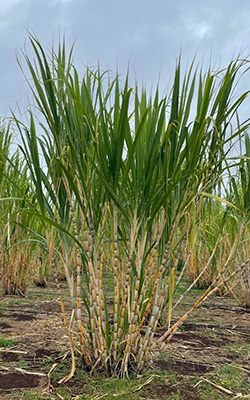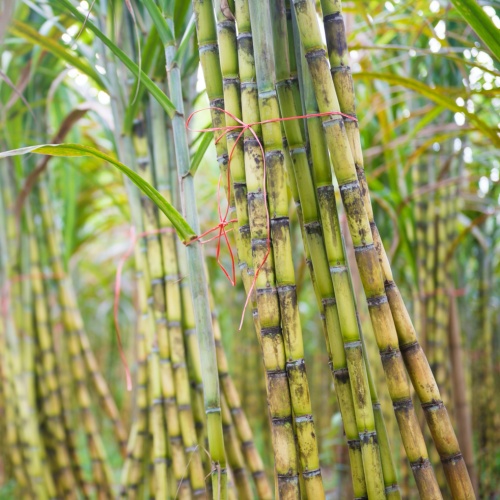Why Walking Stick Sugar Handling Chemicals Are Vital for Modern Sugar Refining
The function of cane sugar processing chemicals in contemporary sugar refining can not be overstated, as they are important to enhancing both the performance of extraction and the total quality of the last product. Agents such as phosphoric acid and specific flocculants are utilized to get rid of impurities, resulting in sugar that not only fulfills consumer assumptions but also adheres to industry standards.
Function of Handling Chemicals
The efficiency of walking stick sugar processing hinges dramatically on the critical application of processing chemicals. These chemicals play a critical role in boosting the performance and high quality of sugar removal and refining. From the preliminary phases of juice removal to the last purification steps, handling chemicals help with different vital procedures.
In the extraction stage, chemicals such as phosphoric acid and calcium hydroxide are used to optimize the information procedure, aiding to eliminate contaminations and suspended solids from the walking stick juice. This not just improves the yield but additionally ensures the clarity of the end product. Additionally, agents like flocculants aid in the fast settling of contaminations, thus enhancing the total process.
As the processing advances, chemicals are used in decolorization and condensation stages. Activated carbon and ion exchange materials offer to get rid of shade and odor, making certain that the polished sugar fulfills consumer top quality standards. Ultimately, the role of handling chemicals extends beyond operational effectiveness; they dramatically influence the sensory characteristics of the end product, contributing to market competitiveness. Therefore, the careful selection and application of these chemicals are crucial for attaining ideal outcomes in cane sugar handling.
Key Kinds of Chemicals
Cane sugar handling relies upon a range of crucial chemicals that assist in each stage of production. These chemicals play essential roles in making clear, whitening, and purifying the sugar extracted from cane.
One primary classification of chemicals consists of flocculants, such as polyacrylamide, which aid in the clarification procedure by promoting the aggregation and settling of pollutants. In addition, calcium hydroxide is usually employed to neutralize level of acidity and aid in the removal of non-sugar parts.
Bleaching representatives, such as activated carbon and sulfur dioxide, are utilized to decolorize the syrup, causing a clearer end product. These chemicals help remove color compounds that may impact the sugar's appearance and marketability.
Furthermore, phosphoric acid serves as a pH regulator throughout the handling phases, making sure optimal conditions for the enzymatic activities involved in sugar removal and filtration.
Other crucial agents include edta (ethylenediaminetetraacetic acid), which chelates metal ions that might militarize unfavorable responses, and salt hydroxide, which aids in pH control throughout the refining process. Collectively, these chemicals enhance effectiveness and ensure a high-grade cane sugar item.
Advantages for Sugar High Quality
Usually overlooked, using particular processing chemicals considerably enhances the total quality of walking cane sugar. These chemicals play a crucial role in refining procedures, making certain that the final item meets rigorous industry requirements for pureness and taste.

Furthermore, refining chemicals help in attaining a consistent granulation and structure, which are crucial for consumer acceptance. By regulating the condensation procedure, these chemicals ensure that the sugar crystals create evenly, resulting in a much more enticing item that liquifies well in various applications.
Moreover, making use of these chemicals can improve the service life of cane sugar by reducing moisture absorption and microbial development. In general, the calculated application of processing chemicals is crucial for providing high-quality cane sugar that fulfills consumer expectations and sector needs.
Ecological Influence Factors To Consider

In addition, the energy-intensive nature of sugar refining, worsened by chemical use, frequently results in raised carbon discharges. This contributes to environment adjustment and increases worries pertaining to the sustainability of existing refining techniques. In addition, the sourcing of these chemicals might entail practices that endanger biodiversity, such as monoculture farming, which reduces the strength of agricultural communities.

To minimize these effects, sugar refiners are increasingly exploring sustainable options and embracing finest practices that decrease chemical use. Carrying out extensive ecological monitoring systems can aid guarantee that the refining process lines up with environmental requirements and advertises helpful site biodiversity. Eventually, a balanced method that prioritizes both sugar high quality and environmental stewardship is essential for the long-lasting viability of the sugar market.
Future Trends in Refining
As the sugar sector grapples with the environmental obstacles linked with conventional refining methods, innovative approaches are arising to boost both effectiveness and sustainability. One substantial pattern is the fostering of green chemistry principles, which prioritize making use of safe, biodegradable handling chemicals. This shift not only lessens environmental impact but likewise addresses customer need for cleaner manufacturing techniques.
An additional promising development is the application of innovative filtration innovations, such as membrane separation and adsorption procedures. These strategies boost the quality and high quality of the sugar while decreasing the quantity of wastewater generated during refining. Additionally, the assimilation of electronic technologies, including IoT and AI, is transforming operational efficiency by making it possible for real-time monitoring and anticipating upkeep, hence reducing source waste.
Additionally, making use of by-products from sugar refining, such as bagasse and molasses, is getting grip. These products can be converted into biofuels or value-added items, contributing to a circular economic climate within the sector. Jointly, these trends indicate a shift in the direction of more lasting methods that not just boost functional efficiency yet additionally straighten with global sustainability goals, ensuring the future feasibility of sugar refining.
Final Thought
Cane sugar handling chemicals are essential in modern sugar refining, considerably improving the performance and top quality of sugar extraction. The calculated use of these chemicals next not only boosts the pureness and flavor of the end product however additionally guarantees consistent formation and texture. As the market significantly prioritizes sustainability, the fostering of environmentally-friendly handling agents is most likely to shape future fads in refining, eventually bring about better items and extended service life for consumers.

Inevitably, a balanced strategy that focuses on both sugar high quality and ecological stewardship is necessary for the long-term feasibility of the sugar industry.
Walking cane sugar processing chemicals are vital in modern sugar refining, considerably boosting the efficiency and quality of sugar removal.